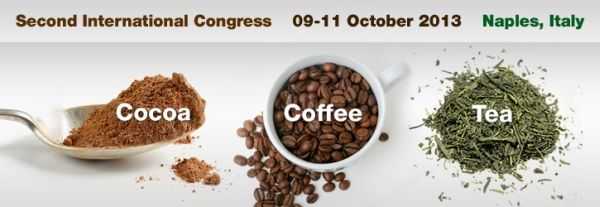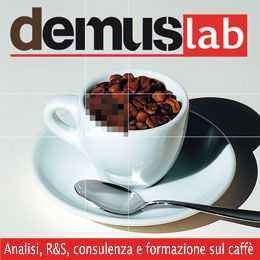Yassin G. and Kuhnert N.Department of Functional materials and Nanomolecular sciences, Jacobs University Bremen, Bremen, Germany. E-mail: n.kuhnert@jacobs-university.de
Black tea is second to water the most consumed beverage globally with an average per capita consumption of around 550ml a day.
In 2010, the world tea production reached to 4.2 million tonnes, where black tea accounted to 65 % of the total production, 67% of the consumption and 80 % of the trade
1. Black tea is mainly produced from the young green shoots of tea plant (Camellia Sinensis) by a process so called fermentation. The major chemical constituents of this enzymatic fermentation process are the thearubigins, which contribute to a wide range of heterogeneous fraction of polyphenolic products, and this accounts for 60-70 % of the dry weight of an average black tea infusion.
Considerable interest on the health promotion properties of tea Polyphenols from (Camellia Sinensis) were suggested in the past years. It has been reported that such polyphenolic compounds can provide benefits in pathological situations associated with the high free radical production, e.g. hypertension and cardiovascular disease.
Furthermore, a large number of studies demonstrated that black tea possess a broad spectrum of biological functions such as antioxidative, anti-viral, anti- inflammatory and cardiovascular protection activities.
2 Due to the increase significance of their potential beneficial role on human health, identification and structural elucidation of thearubigin fractions in black tea is necessary.
With high powerful mass spectrometrical methods, we believe significantly to resolve the chemical composition of these compounds and unravel the mystery of the black tea.
Dimeric components of black tea thearubigin fractions including a series of their polyhydroxylated derivatives were previously identified and confirmed by our group
3, while detailed tandem mass studies of higher molecular weight components exceeding 1000 Da have never been conducted before. For this purpose direct infusion –MSn and MALDI-TOF mass spectrometry were applied for characterizing the selected black tea components of the so-called SII thearubigin fractions obtained through caffeine precipitation method.
New components with molecular weights higher than 1000 Da were analyzed and structurally characterized. The data generated, revealed clearly the presence of different trimeric and tetrameric flavan-3-ols formed through oxidative coupling between flavan-3-ols and their dimers, most notably theaflavin and theasinensin within the black tea thearubigins.
Our data are fully consistent with the oxidative cascade hypothesis of thearubigin formation and provide for the first time experimental evidence on oxidative oligomerisation of flavan-3- ols and their dimers to form oligomeric flavan-3-ol structures.
References
[1] http://www.fao.org.
[2] Vasundhara, S. et al. A thought on the biological activities of black tea. Crit. Rev. Food Sci. Nutr. 2009, 49, 379-404.
[3] Kuhnert, N. et al. Oxidative cascade reactions yielding polyhydroxy-theaflavins and theacitrins in the formation of black tea thearubigins: Evidence by tandem LC-MS. Food and Fun. 2010, 1, 180-199.















